
Ultimate Induction - Performance Intake Kit R&D, Part 1 - Stock Review
BMW's M division is renowned for delivering the utmost pinnacle of automotive performance. That's no secret. For decades, the letter M has become synonymous with the perfect distribution of performance and luxury, with the M3 topping the charts in the compact class. It's the benchmark in terms of enthusiast vehicles. Being a driver's car means, though, means that we enthusiasts can't keep our hands out of the engine bay. We need to fiddle and tweak even the likes of the G8X M3/M4 until it perfectly matches our tastes. That tinkering typically starts with the intake system.
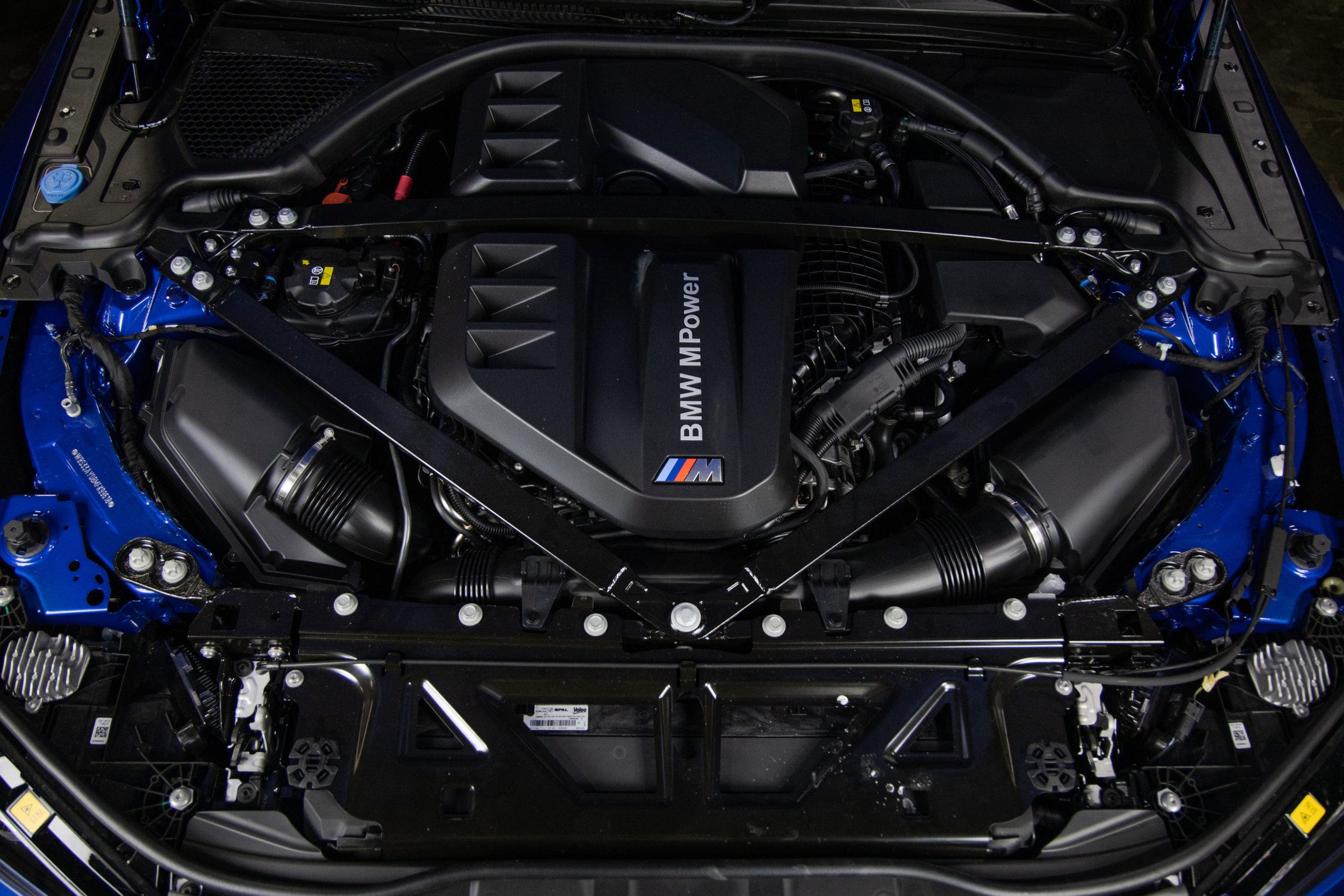
BMW designed the S58's intake system to work independently and in perfect harmony within the engine ecosystem. Simply put, both turbos get their own intake. Before we can make our updates to the system, though, we needed to extract the OEM kit and take a closer look.
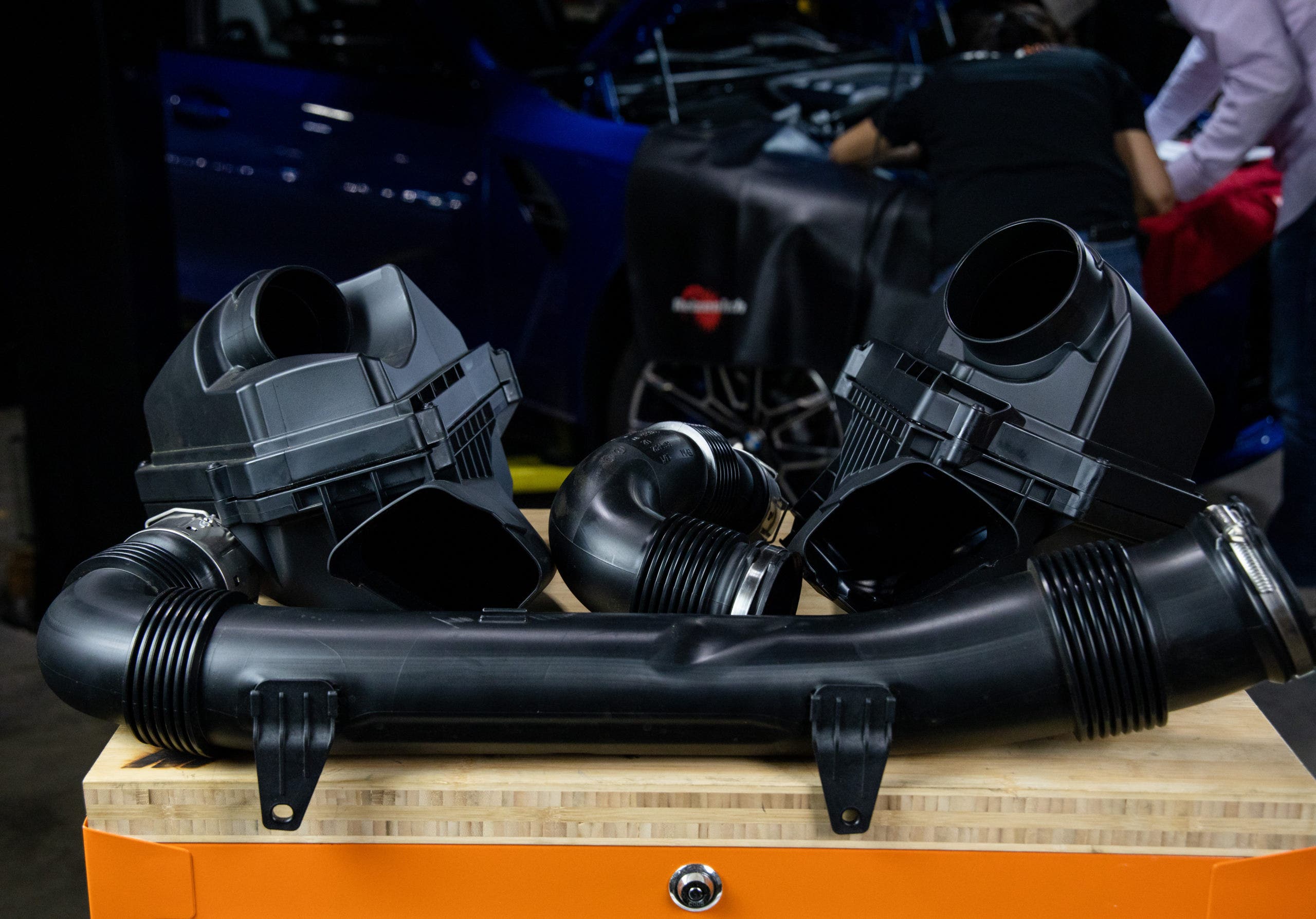
At first glance, the OEM kit components follow a common theme on construction processes, design features, and aesthetics. All of the components utilize the same high-density plastic injection molded construction for durable parts with a reduced mass production price tag.
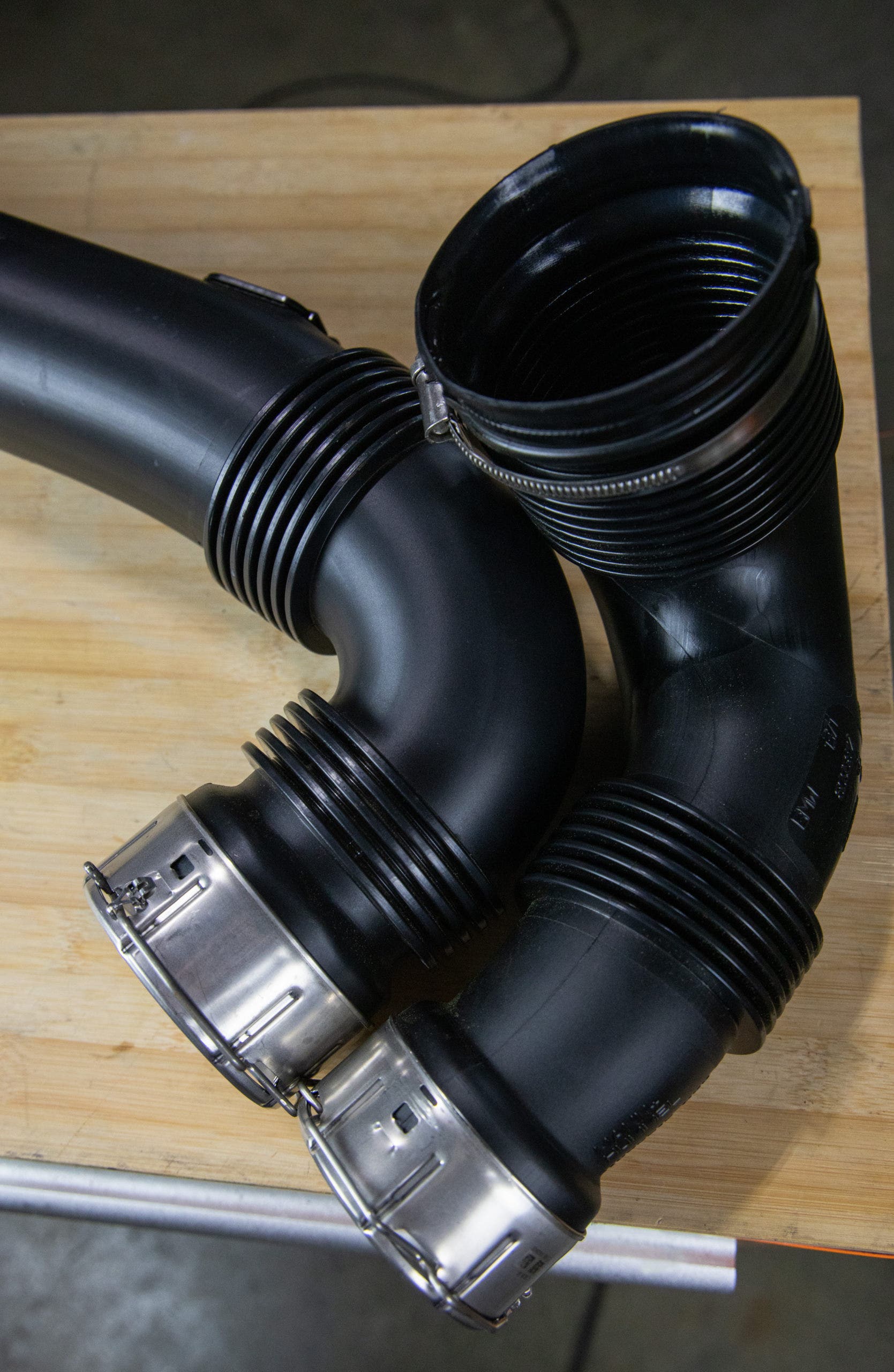
The intake runners might differ in length, but they also share some similar design features. Both clip to their respective turbo inlet using quick disconnect fitting, making servicing simple. Each intake tube utilizes the same ribbed flex joints, which allow the intakes to move and flex independently from the engine. While BMW refined this design to reduce the side effects, this style of flex joint introduces turbulence in the system and reduces airflow to the turbos.
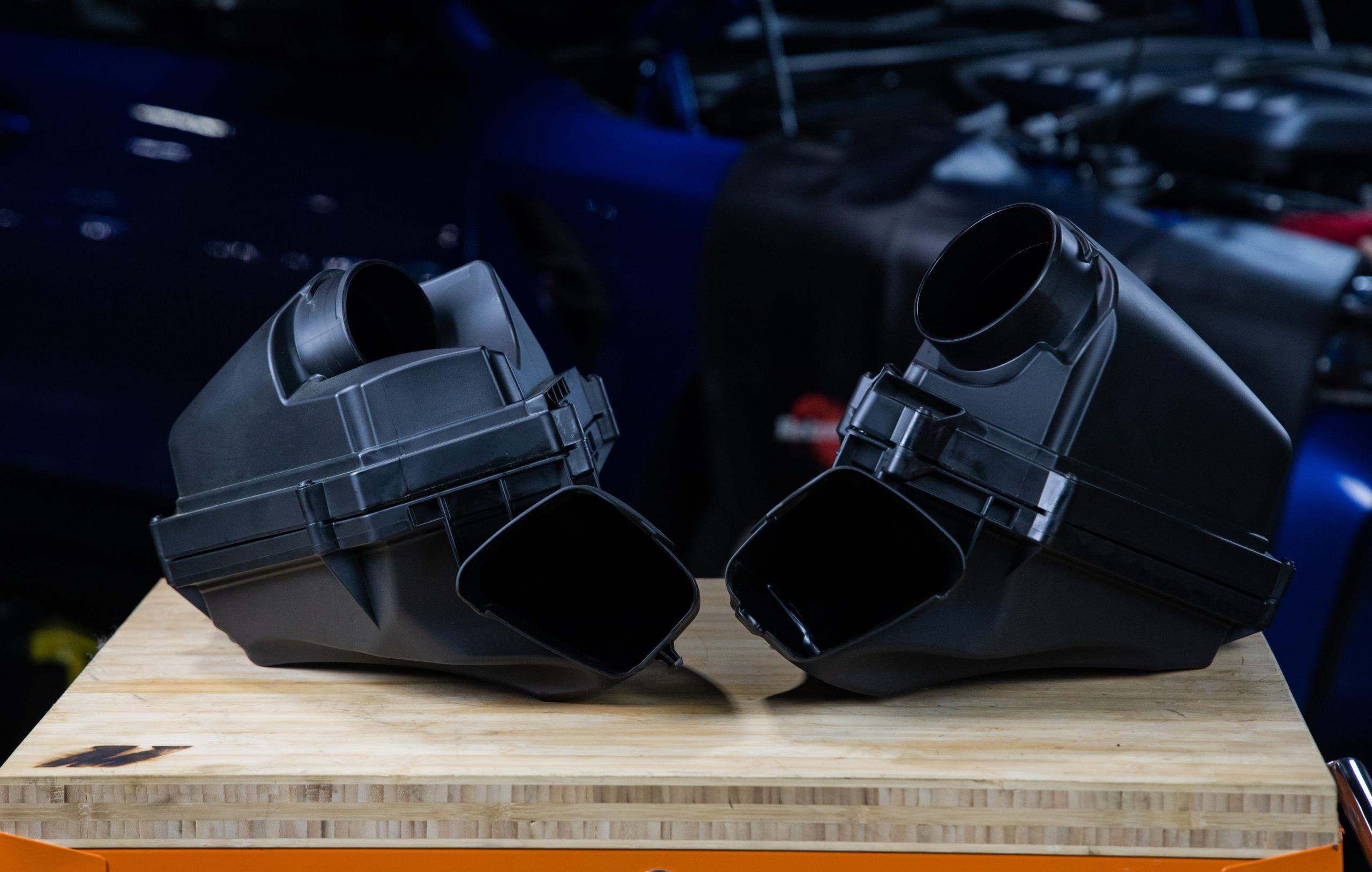
When installed in the M3, the airboxes appear to be twins. Once we got them out of the engine bay and examined them a little more thoroughly, we found that wasn't the case. Like the rest of the components they follow the same design theme, but each side has slight differences. For starters, the airbox outlets are different sizes, along with the airboxes themselves. We also found an air vent on the rear side of the driver's side box for some added induction.
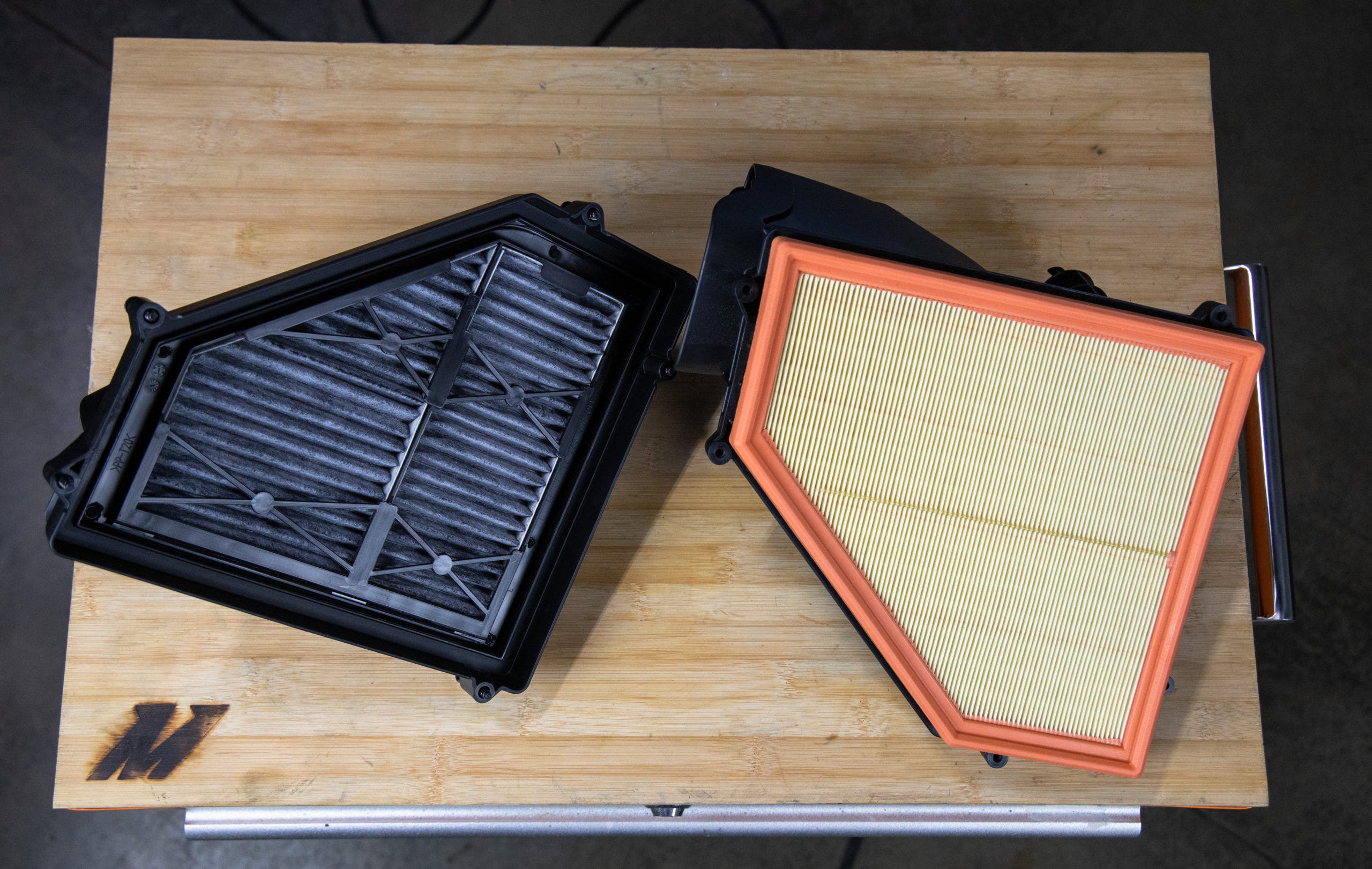
While they vary, the airboxes share some characteristics. BMW decided to make full use of the bold new styling and uses a ducting system to pull air from the gaping grills. There is a size and shape difference, but each airbox houses a flat panel filter. This filter style is adequate for daily driving duties, and they add a restriction to the system. The fresh airflow has to follow a specific path to pass through the filter and reduces the amount of usable volume within the airbox. Also, dry panel filters typically are much denser than their oiled counterparts, which slows the intake air right at the beginning of the intake tract. BMW prefers using flat panel filters on the production line since they still perform and keeps the production costs down.
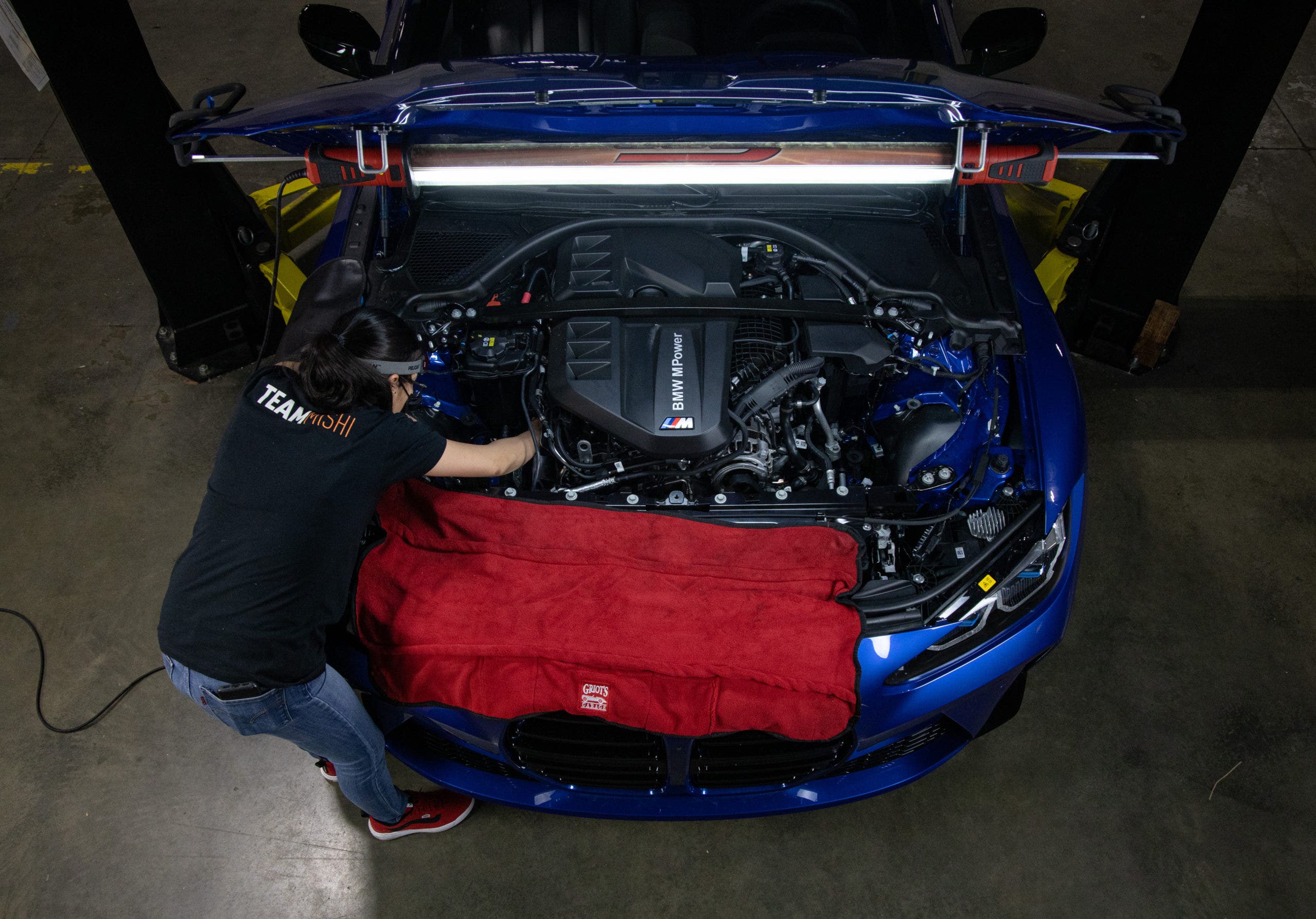
There's no such thing as perfection, but when it comes to automotive bliss, the M3 sure comes close. However, even with BMW's immense engineering prowess behind the G8X line, there's still room to improve on the S58's intake system. Make sure you stick around to check out our design plans coming soon.
Thanks for Reading!
-Nick








